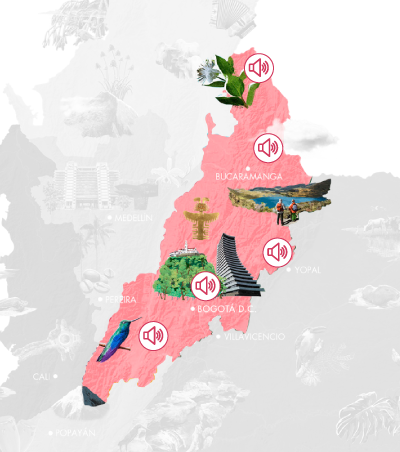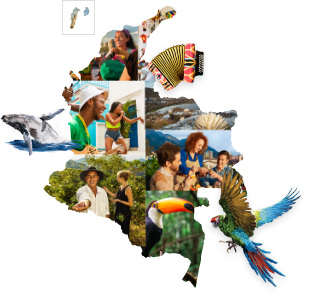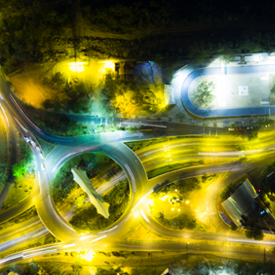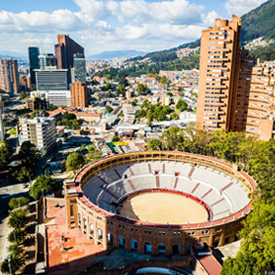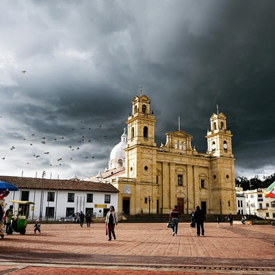Bogotá, a city of opportunities
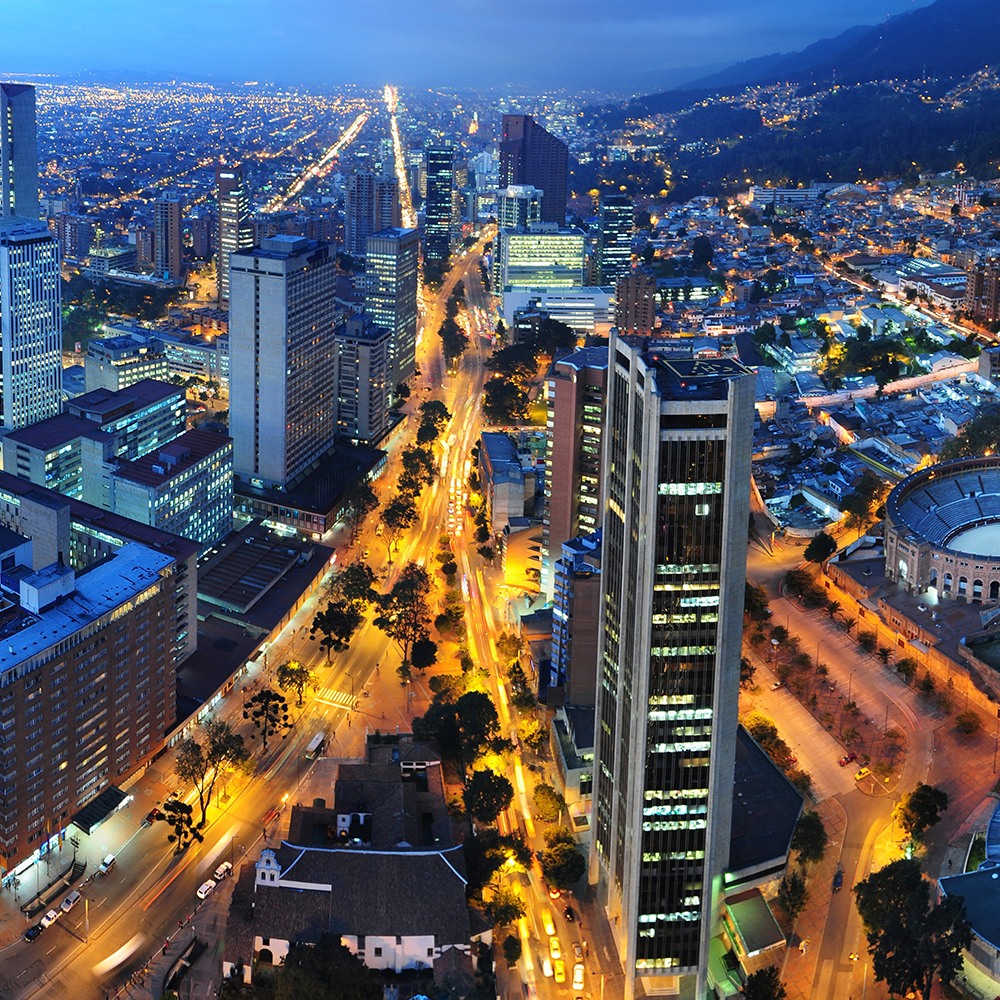
Alt: Night panorama of the city of Bogotá, capital of Colombia.
Credit: Javier Crespo // Shutterstock.com
Bogota, the capital of Colombia, is everyone's city. A place full of opportunities where an endless number of identities converge, as well as the stories, culture, gastronomy, music and traditions of an entire country.
In the center of the country, on the Highlands of Cundiboyacense, is Bogotá, a city in constant evolution, fed by the stories of people from all corners of the country, who come to the capital of Colombia in search of opportunities.
Energetic and multicultural, Bogotá offers national and foreign tourists a wide gastronomic proposal, festivals, museums and places full of history that reflect the diversity of Colombia.
City of Opportunity
The name of Bogotá comes from the word 'Bacatá', an indigenous word that means field to sow. Indeed, the capital of Colombia is a land of opportunities and hopes that every year receives people from all corners of the country. From there to que its people are characterized by being hardworking, thriving and with desires to get ahead.
This migration has also generated a meeting of regions from which the cultural and thought diversity that is lived in the city emerges, as well as the variety of experiences it offers to national and foreign tourists. To visit Bogotá is to find a small Colombia full of stories, knowledge, flavors, and even ways of living.
On the other hand, Bogotá is the economic focus of the country, with infrastructure projects around business and tourism among which Corferias stands out, which has established itself as the most important event and convention center in thecountry, and the International Center of Bogotá, which has historically been a business, financial and cultural reference of the city. There are located the office towers of the main banks in the country, iconic hotels such as the Hotel Tequendama, the National Museum and the Plaza de Toros de Santa María.
Featured: Download the magazine about the department of Cundinamarca, sanctuary of moors, lagoons and rivers in the region.
Streets with history and diversity
Walking the streets of downtown Bogotá is transporting yourself to thepast, but also delving into the diversity ithouses. There the history is lived through the houses, museums, churches and cafes of the neighborhood La Candelaria, where tourist attractions such as The Primate Cathedral, The Hill of Monserrate,the Luis Ángel Arango Library, among others.
The diversity, on the other hand, is reflected in the cultural expressions that can be appreciated while touring the Seventh Chamber and that include music, crafts, cuenteros,as well as the manifestations of urban art that dress the walls and walls of the city. An alternative to explore this side of Bogotá is through the Graffiti Tour which has gained popularity in recent years.
Gastronomy of an entire country
The gastronomic offer of Bogotá responds to the mixture of cultures that characterizes its population. ZoneG, Zone T, Usaquén and Parque de la 93,have first-class proposals thanks to restaurantes such as Criterión, Harry Sasson and Restaurante Leo, which seek to highlight Colombian products with techniques and culinary trends of the world.
In the market squares of the city, meanwhile, an offer has been developed that invites visitors to enjoy the best of traditional Colombian food, with typical preparations from different corners of the country. This has generated that places like La Plaza de Paloquemao, El Restrepo and Perseverancia are today gastronomic icons of the city.
Highlight: Leo Restaurant is part of the prestigious list The World's 50 Best Restaurants 2021 in 46th place. Behind this place is the Cartagena chef Leonor Espinosa whose cuisine has been dedicated to exploring the biocultural richness of the ethnic territories of Colombia.
One way to explore the traditional culinary options that converge in the capital is through the Street Food Tours, which takes tourists to walk the streets of neighborhoods such as Chapinero or La Candelaria. Here you can try typical dishes such as arepas, ajiaco, chocolate santafereño, chicha, among others; it is also a way to approach thestories, originsand ways of preparing local food.
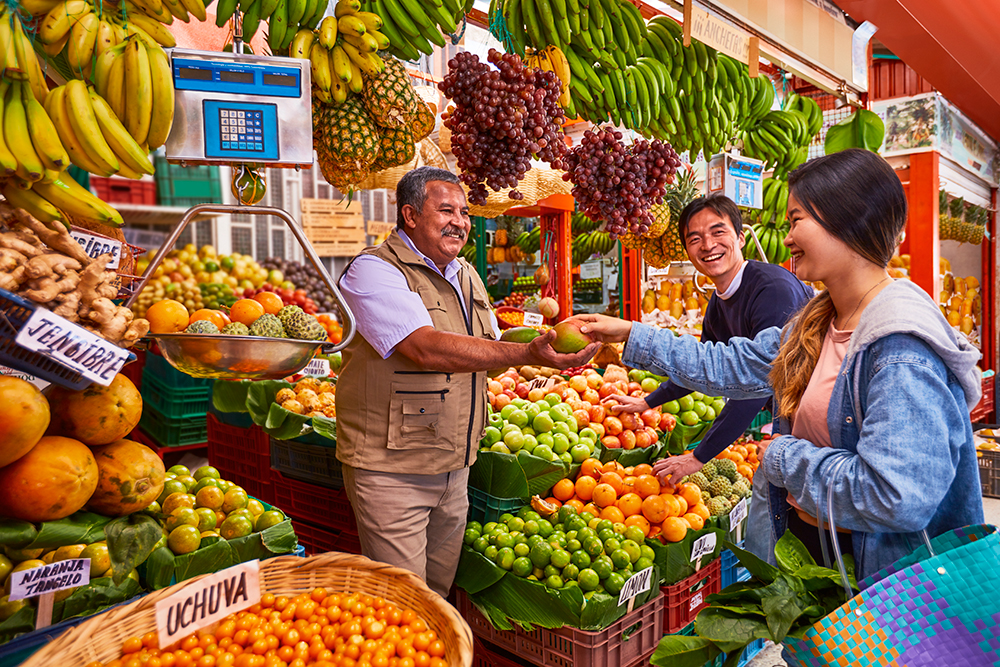
Photo capt: Located west of Bogotá, Paloquemao is one of the most emblematic squares of the capital for more than 53 years.
T-round cultural
Bogotá has one of the richest cultural and artistic offerings in the region. There are events of international stature such as the International Book Fair of Bogotá, ARTBO, the Odeón Art Fair, the Ibero-American Theater Festival of Bogotá, Rock al Parque, among others.
Throughout the year, tourists can also visit emblematic places such as the Gold Museum, one of the city's biggest attractions, which preserves the largest collection of pre-Hispanic goldsmiths in the world, with pieces that testify to the way of life and thought of the indigenous societies that inhabited the territory before the arrival of the Spaniards.
The Emerald Museum is also part of the cultural offer of Bogotá and is located on the 23rd floor of the Avianca building. It encompasses collections of emerald and beryal specimens over 30 million years old and provides the possibility for visitors to learn about their formation and extraction process. In addition, it has a boutique with handmade art samples for all those interested in this precious stone, which is the most iconic in Colombia.
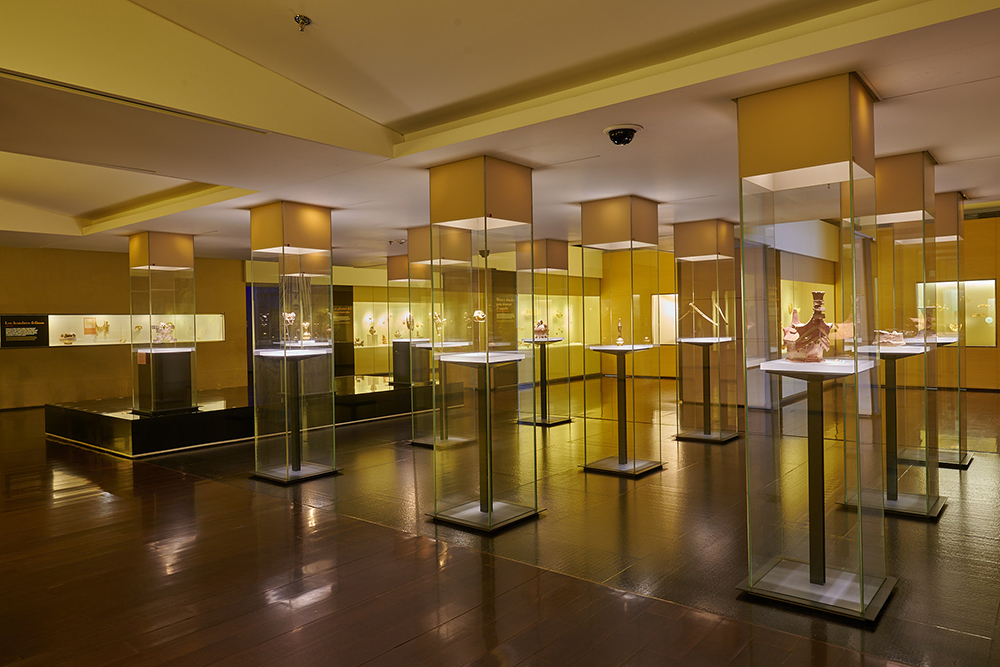
Capt: The pieces exhibited in the Gold Museum come from various indigenous cultures such as the Muiscas, the Calima, the Nariño, the Quimbaya, the Tierradentro, the Tolima and others.




